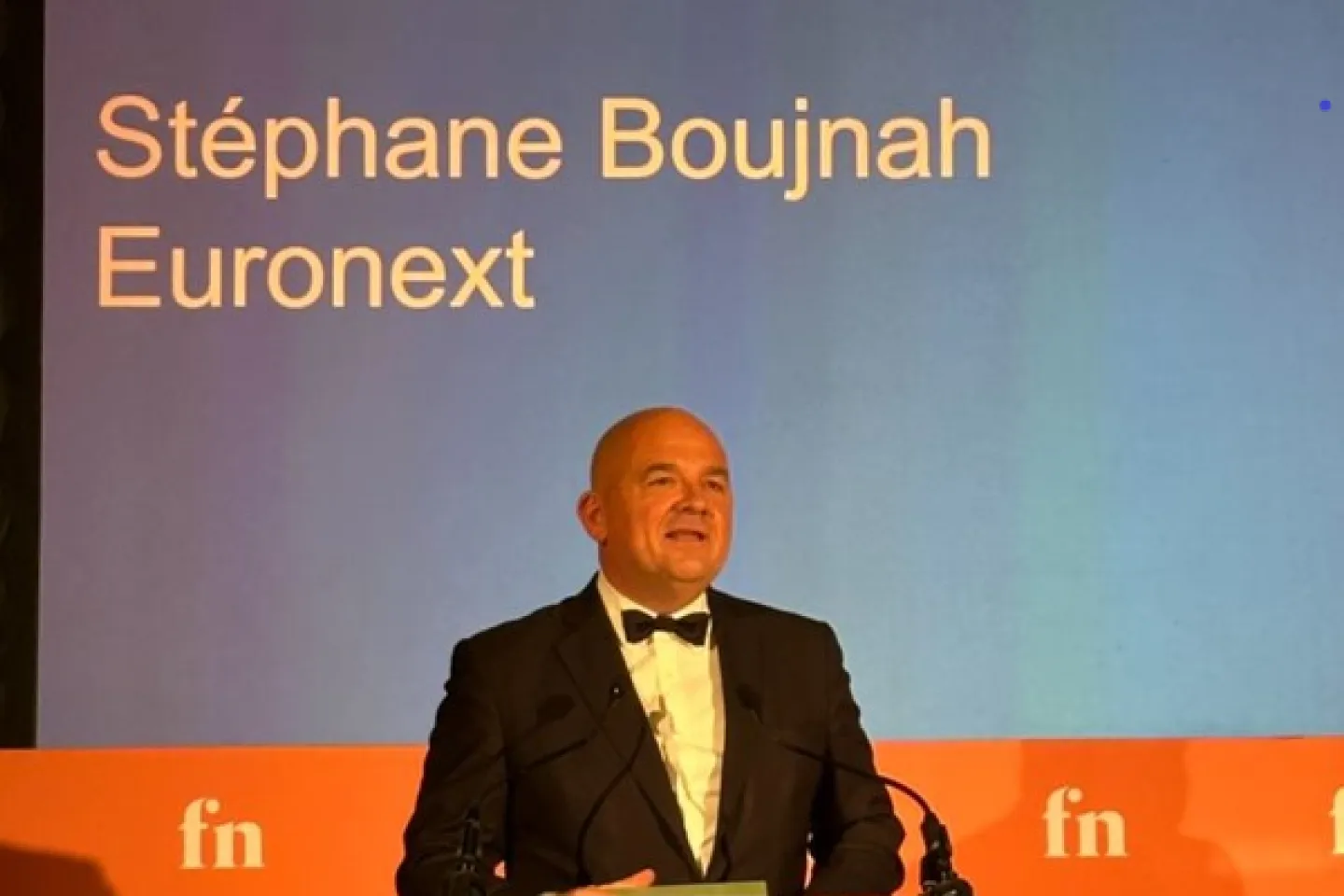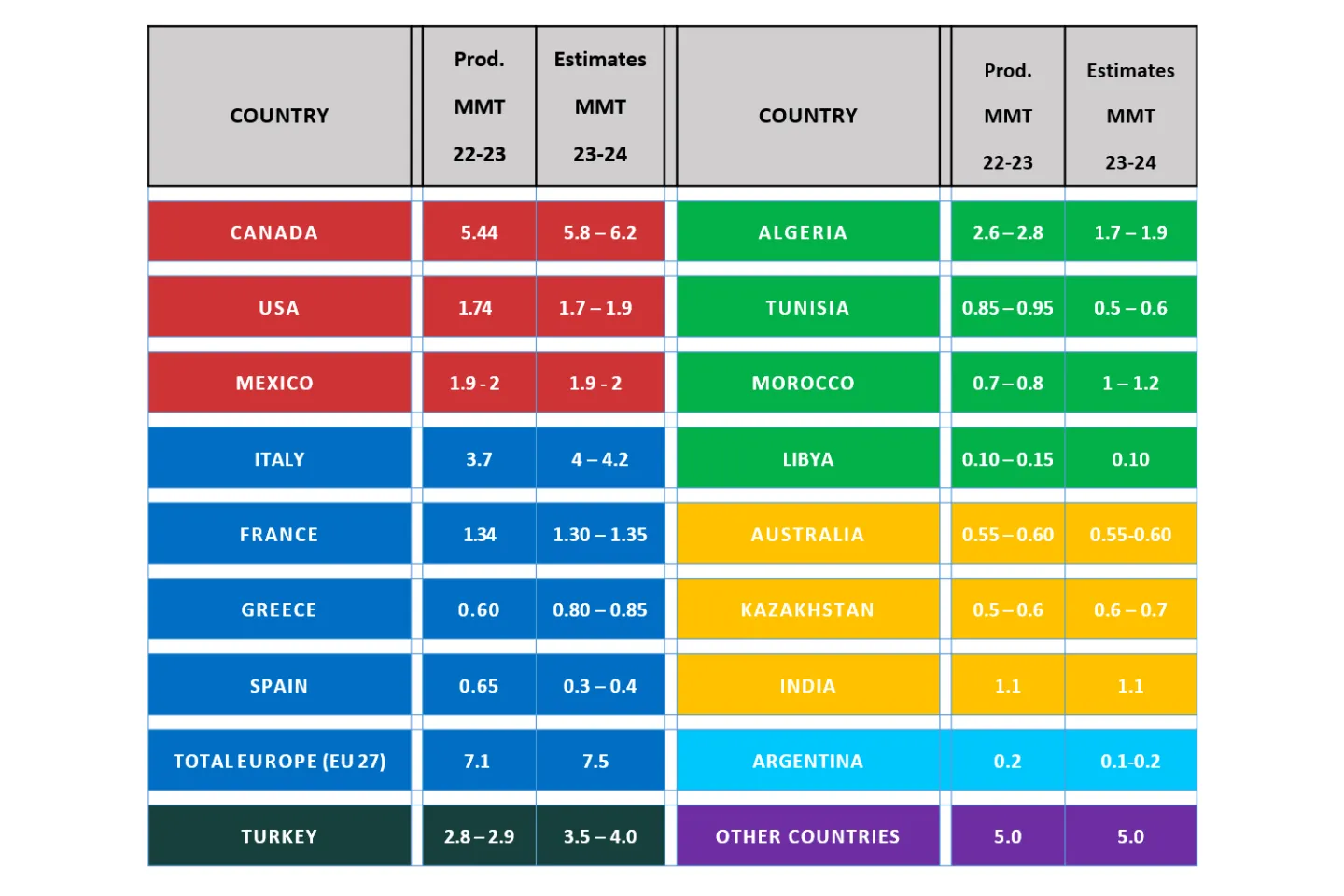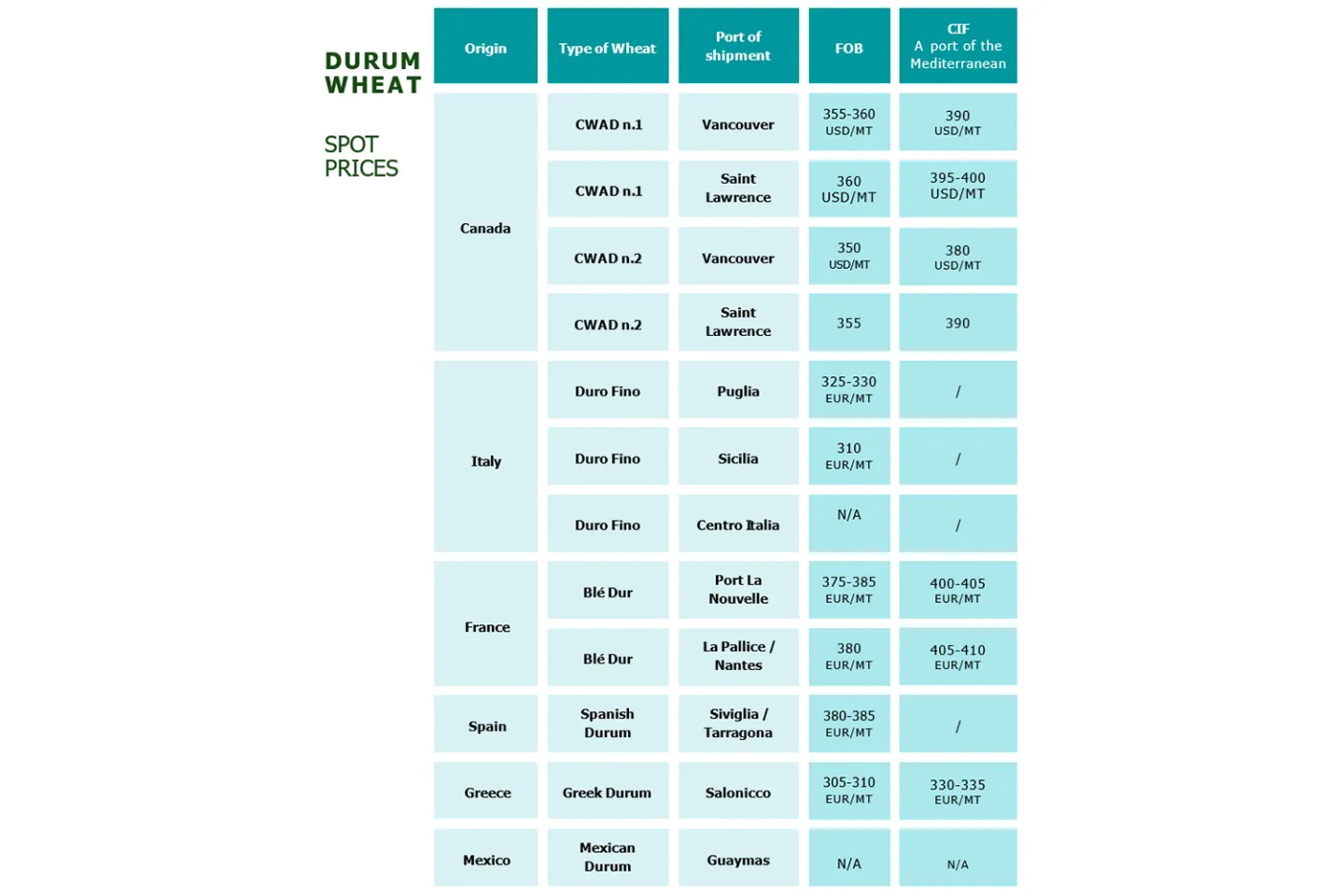Euronext’s CEO Stéphane Boujnah received the Outstanding Contribution Award 2023 at Financial News’s Trading & Tech Awards in London earlier this month.
A vision for Euronext
Stéphane Boujnah’s vision for Euronext has seen him realise an ambitious expansion and diversification strategy to establish Euronext as Europe’s leading market infrastructure, while significantly increasing the operating performance of the Group. Euronext now counts seven exchanges, four CSDs and one clearing house. It thus manages activities across the entire capital markets value chain, operating under a highly scalable and diversified model that is designed to provide value for customers and stakeholders.
Maintaining the bond between the UK and the EU
In his acceptance speech at the FN Awards, Mr Boujnah told the London trading scene of the importance he places on maintaining the bond between the UK and the European Union, despite Brexit. Euronext remains very present in London and in fact its teams there have increased since Brexit, in part with the acquisitions of MTS Markets, through the 2021 Borsa Italiana acquisition, and FastMatch, now Euronext FX, and also through organic growth.
Delivering pan-European harmonisation
Under Stéphane Boujnah’s leadership, Euronext has become established as the leading platform for the financing of the real economy in Europe. As part of the Group’s project and mission to build the backbone of the EU Capital Markets, Euronext has developed and successfully delivered ambitious pan-European projects.
These include the European expansion of Euronext Clearing, operating and enhancing Europe’s third-largest CSD network Euronext Securities, and the harmonisation of listing rules on the markets the Group operates, in line with the objectives of the EU Commission’s Listing Act. They also include the Data Centre migration from Basildon in the UK to a new green core data centre in Bergamo, Italy, which handles 25% of European equities trading.
With the acquisition of Borsa Italiana Group, Mr Boujnah has established Euronext as the largest listing venue in Europe, attracting the majority of European and international listings, with an aggregated market capitalisation of companies listed on Euronext markets twice that of LSEG and three times that of Deutsche Börse.
The Group has also diversified to cover additional asset classes including Euronext FX in currencies, Nord Pool in energy, Fish Pool in agricultural commodities and MTS in fixed income, as well as a broadened corporate services offering that supports companies at all stages of growth.
A mandate to continue
Mr Boujnah was recently reappointed as CEO and Chairman of Euronext’s Managing Board for a four-year mandate, and will continue to lead the teams at Euronext to deliver on the Group’s Growth for Impact 2024 strategic plan and to prepare the next strategic cycle, shaping capital markets for future generations.
The Euronext Group’s mission is simple: to connect European economies to global capital markets, accelerating innovation and delivering sustainable growth.




